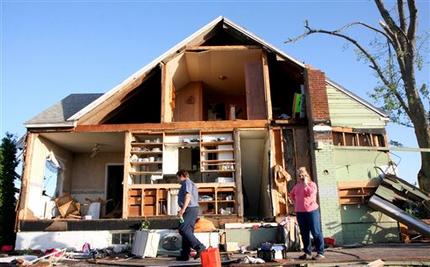
© AP Photo/Kelly HumphreyCindy Wood, far right, stands in front of her tornado-damaged home in Wadena, Minn., on Thursday June 17, 2010.
As tornados bore down on southern Minnesota, Angie Woodside called her in-laws and said they should rush to her house west of Albert Lea, where there was a basement to take cover. Her mother-in-law, Kathy Woodside, refused.
"She told me she would not go down in one," Angie Woodside said Friday, a day after Kathy was killed when a tornado tossed her 200 feet from her house into a nearby field. "She just thought the whole thing would collapse on top of her. She would rather not be underneath everything."
Kathy Woodside, 66, was one of three people killed Thursday by a turbulent system that fueled twisters across Minnesota. Also killed were two northwestern Minnesota residents: Margie Schulke, 79, of Almora, whose home was destroyed by a tornado; and Wes Michaels, 58, of Mentor, whose gas station was leveled.
Dozens more were injured, including Kathy Woodside's husband, Ron, who was hospitalized Friday in Rochester. The storms damaged several hundred homes and buildings and toppled trees and power lines. The most serious damage was in the northwestern Minnesota city of Wadena, where officials reported 232 homes were hit, and in a rural area just west of Albert Lea, where about 60 rural properties saw damage.

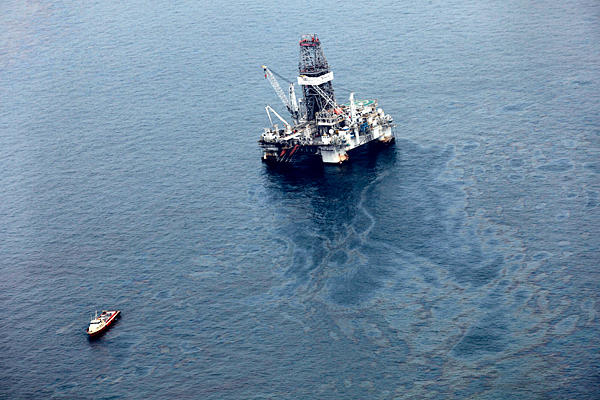
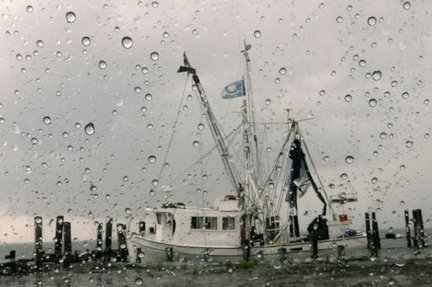
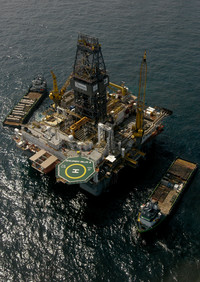
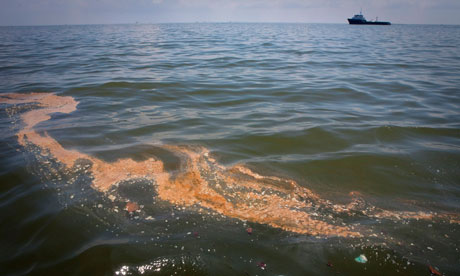
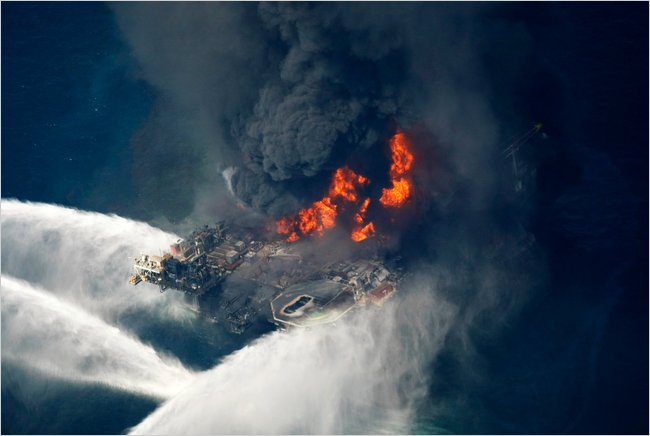
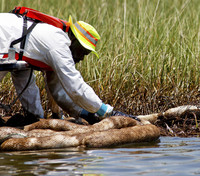
Comment: We provide the entire comment here, with all the links included: